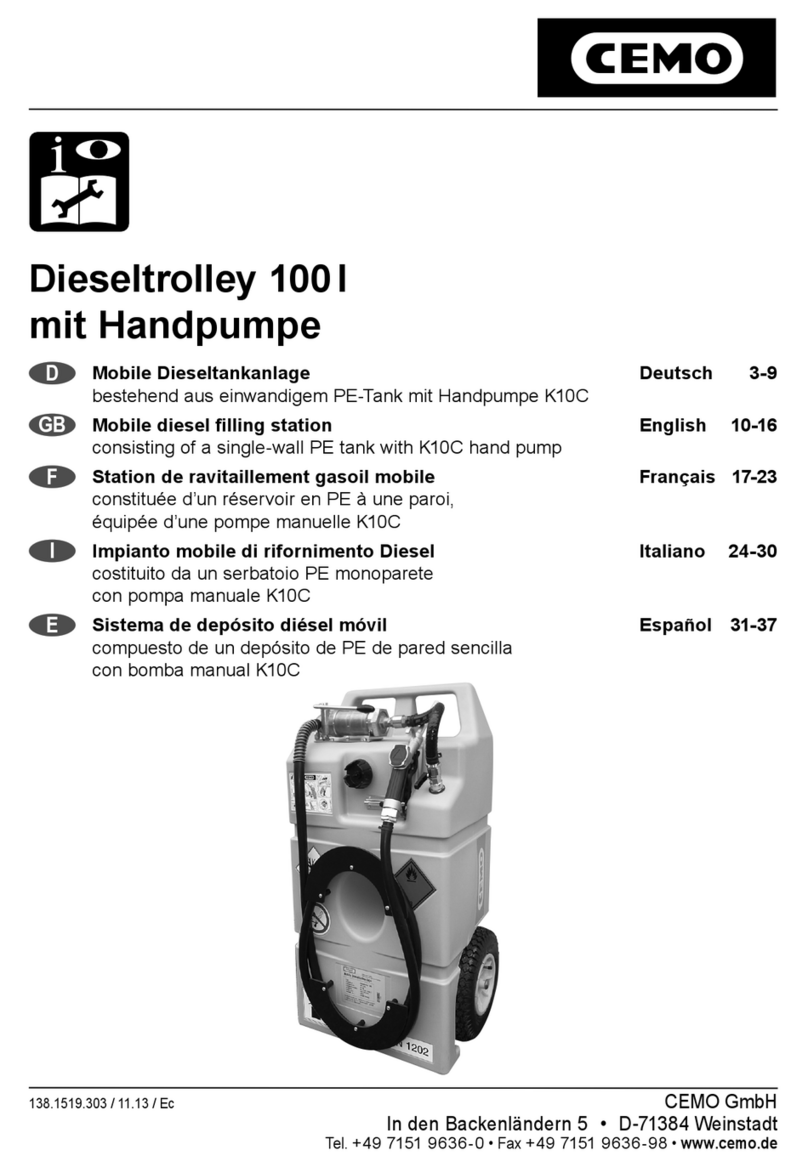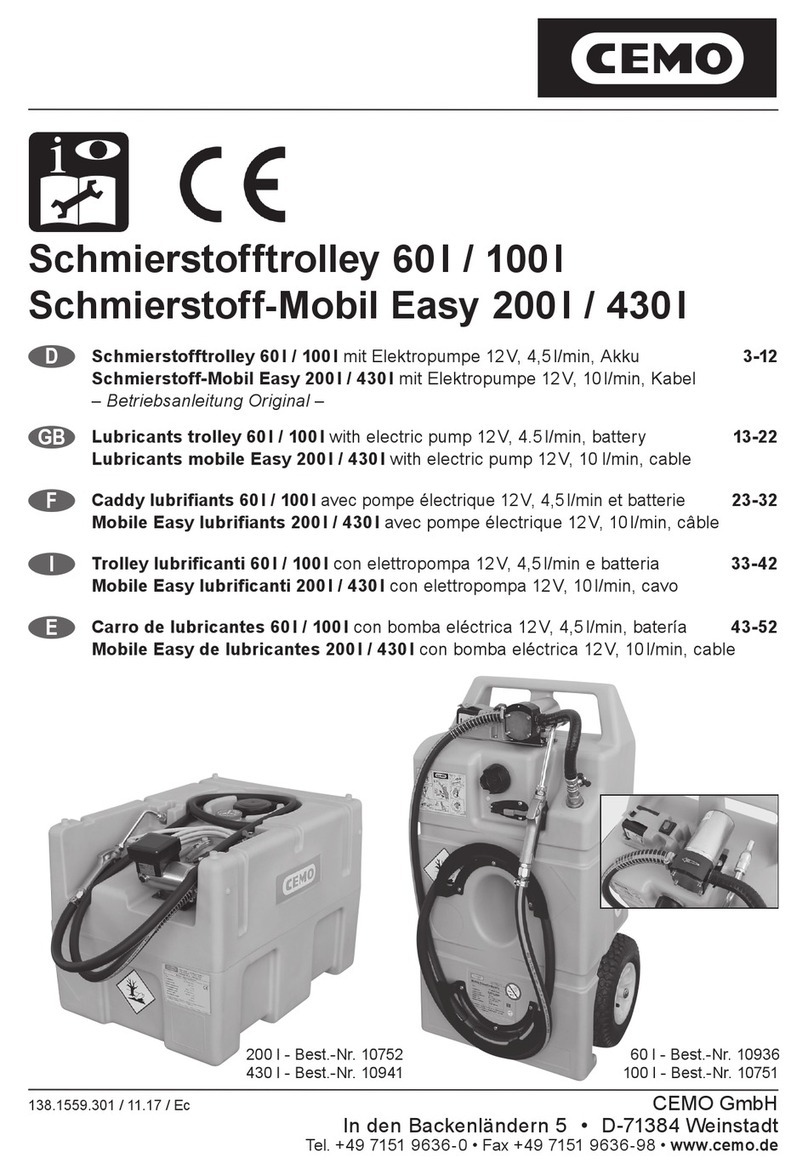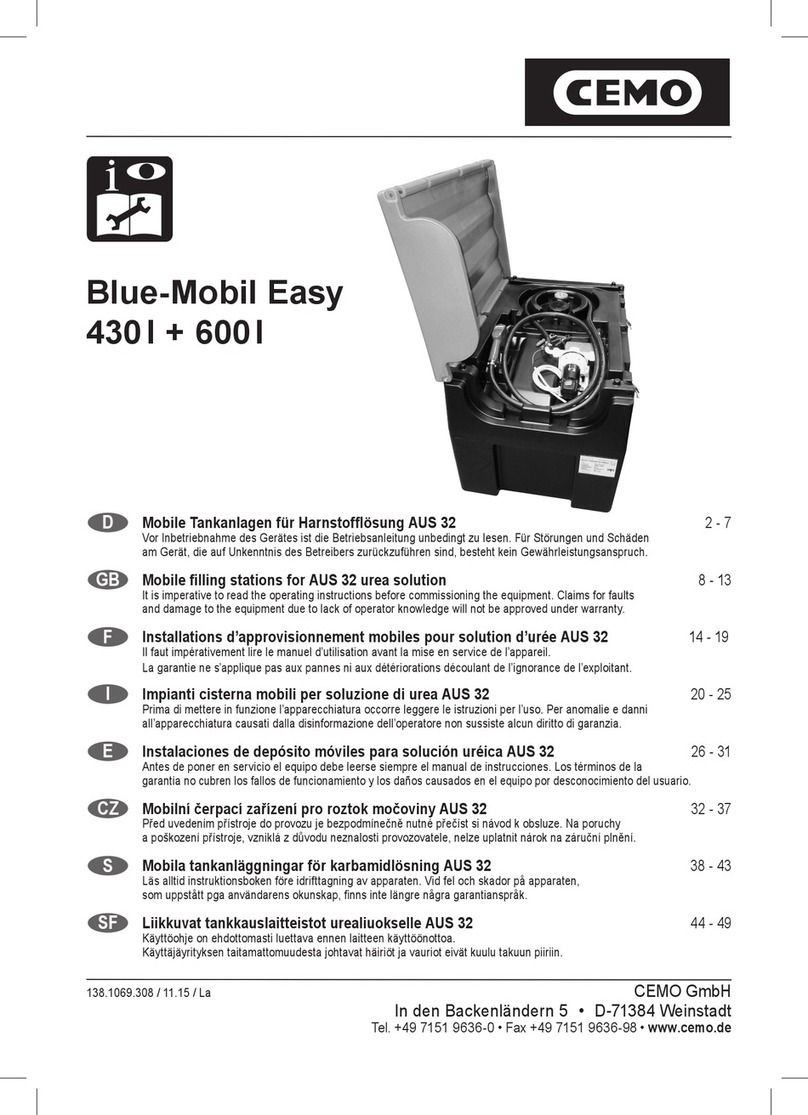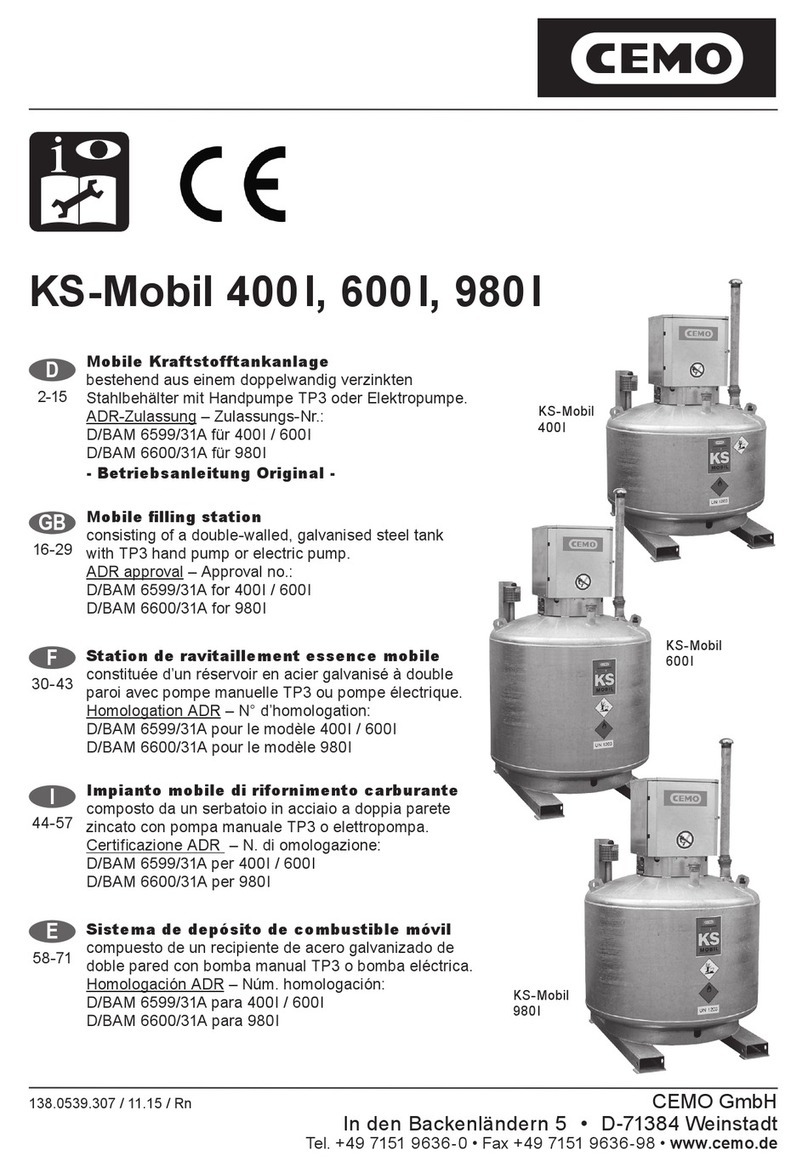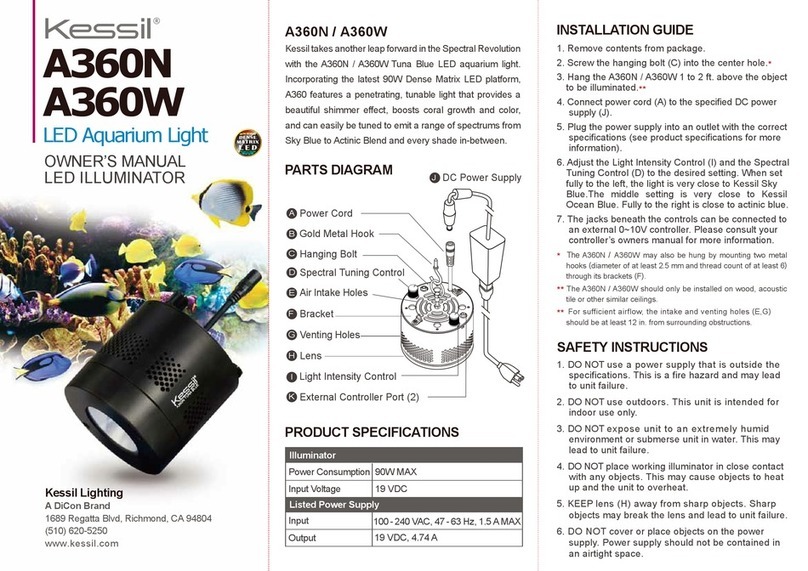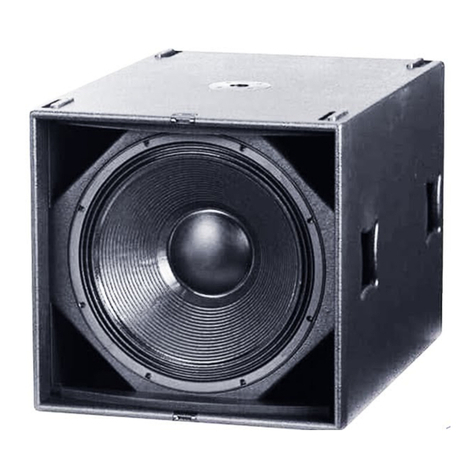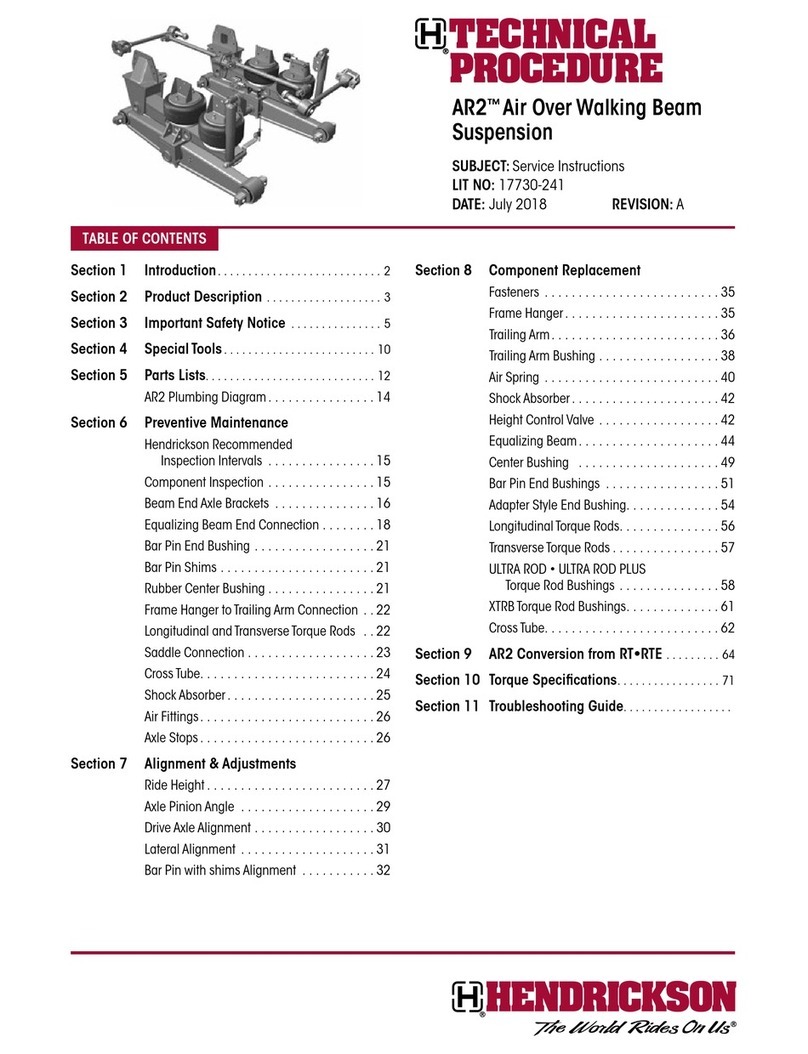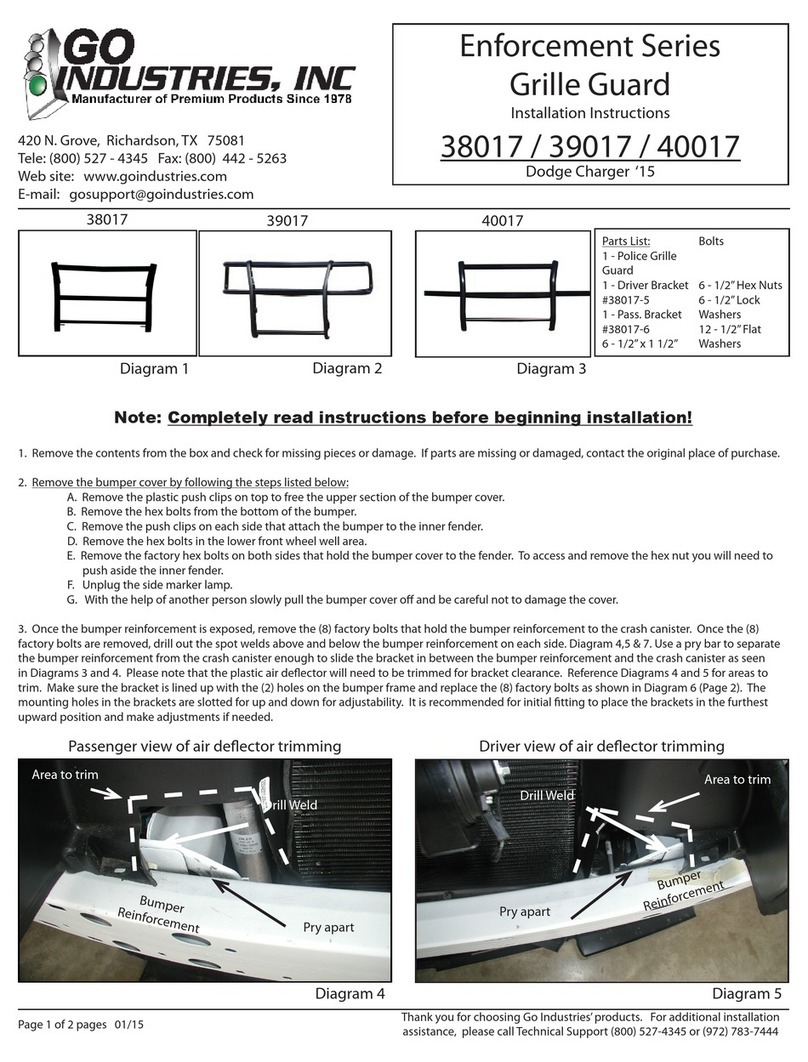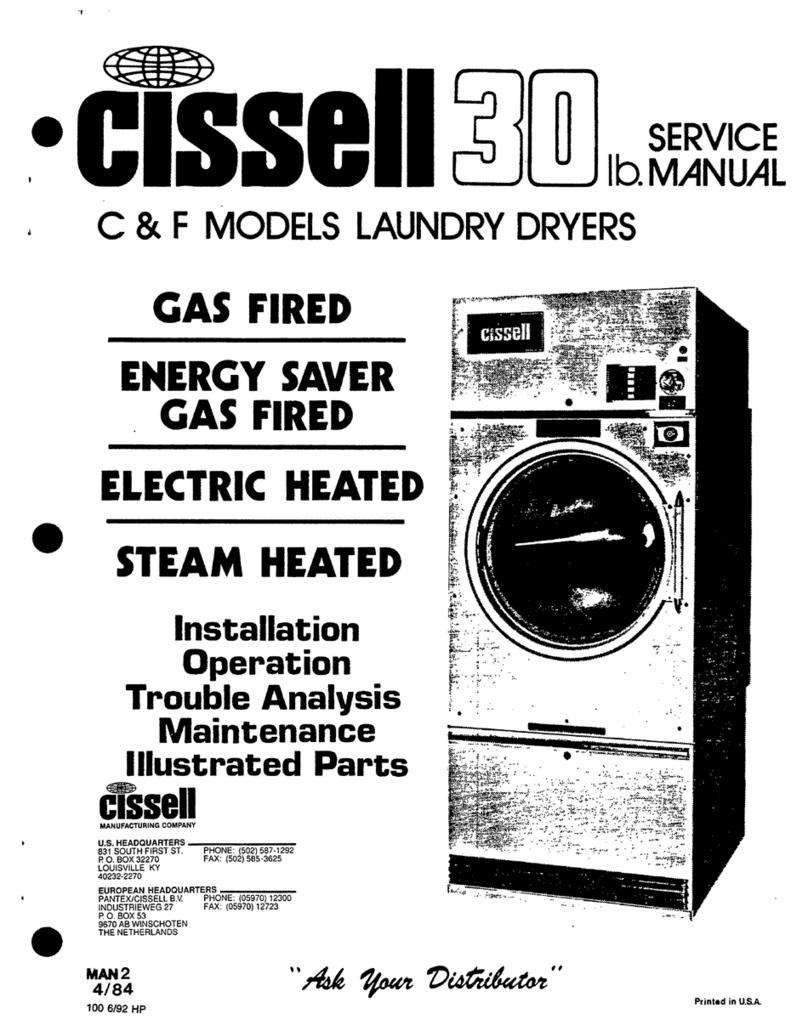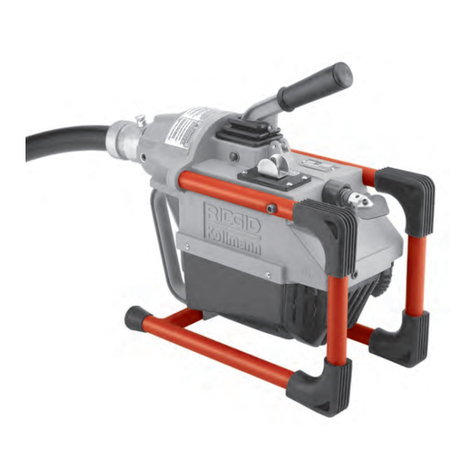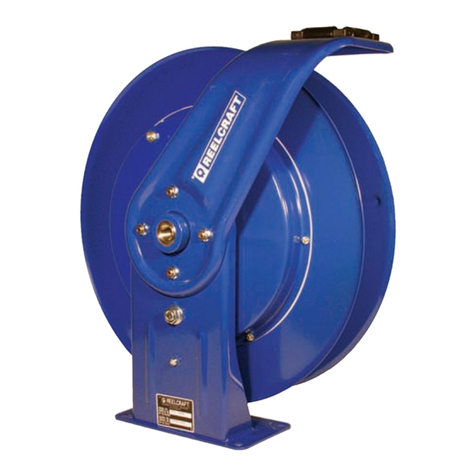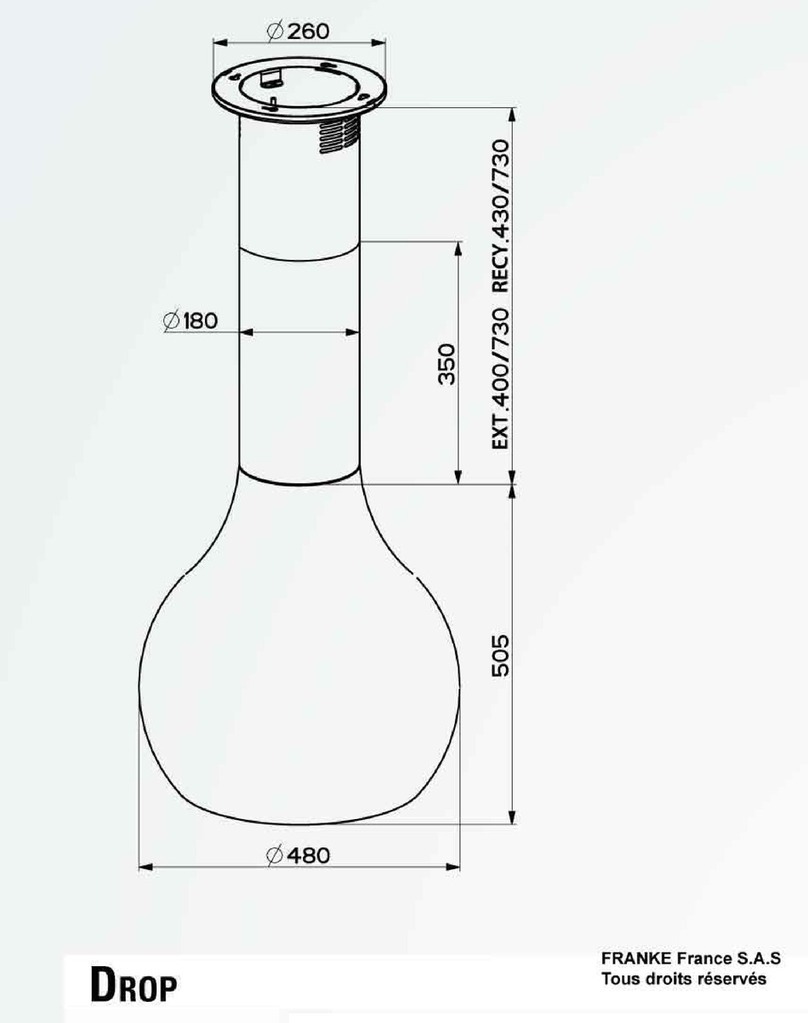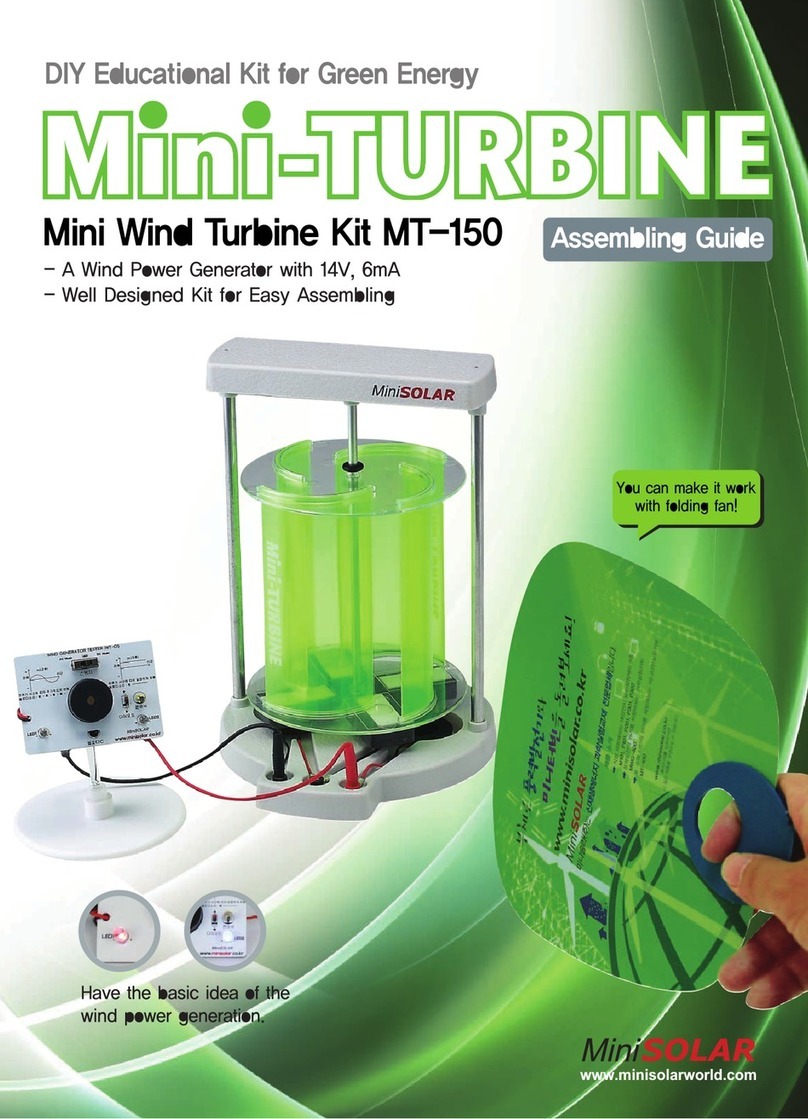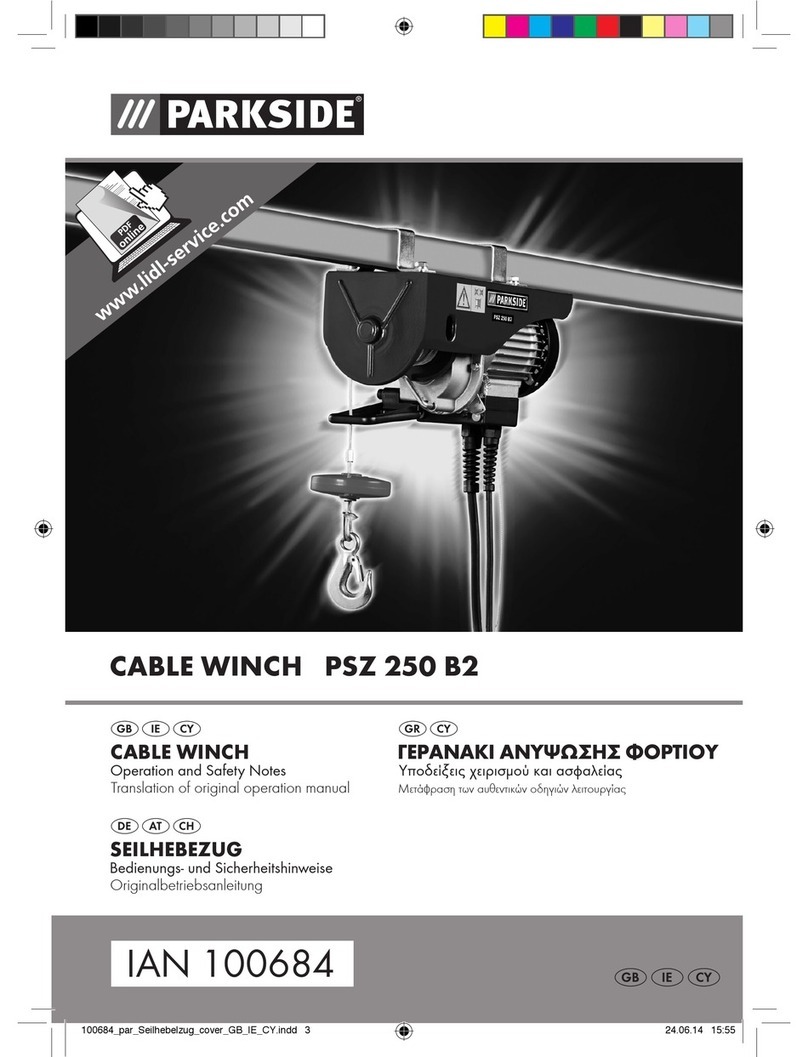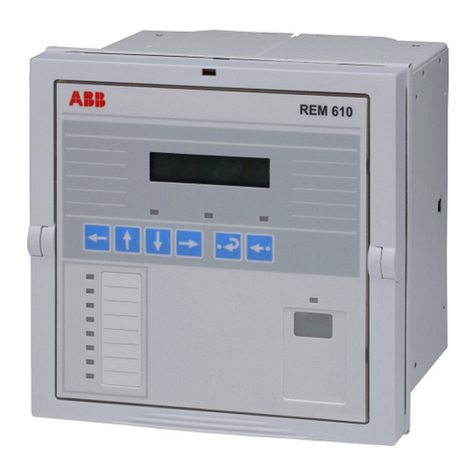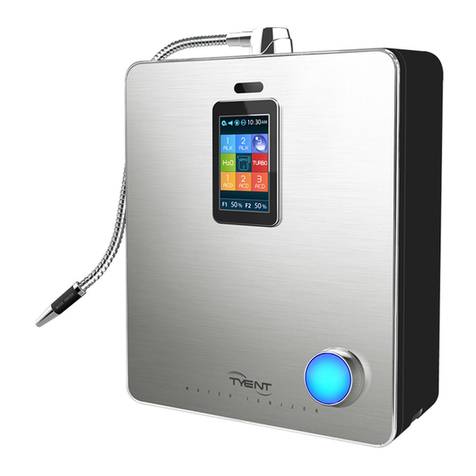
D
6
4. Erstinbetriebnahme
1. Zapfpistole am Schlauch montieren.
Die Zapfpistole in die Halterung einsetzen
und die Verriegelung schließen.
2. Ausführung mit Akku
Der Akku ist im Auslieferzustand teilgeladen.
Vor der ersten Inbetriebnahme den Akku
laden.
Prüfen Sie dass der Ein/Aus-Schalter l
ausgeschaltet ist.
Setzen Sie den Akku m ein.
(Batteriepole + und – nach unten)
3. Trolley in horizontale Lage bringen und
Schraubverschluss a entfernen. Trolley fül-
len (siehe Kapitel 5.3)
i Wichtig!
Verwenden Sie dazu bitte unbedingt
eine Automatik-Zapfpistole, um ein
Überlaufen zu vermeiden.
4. Füllöffnung mit dem Schraubverschluss ver-
schließen. Trolley wieder aufstellen.
5. Belüftungsverschluss öffnen. Prüfadapter
EW 22 auf den Zapfrüssel aufstecken (siehe
Betriebsanleitung der Zapfpistole). Pumpe
einschalten und ca. einen Liter oder mehr
AdBlue in ein separates Gefäß tanken, um
Produktionsrückstände aus dem System zu
spülen. AdBlue® entsorgen.
6. Schraubverschluss a wieder öffnen. System
vollständig entlüften, indem die Zapfpistole
in die Füllöffnung des Trolley gehalten wird.
Pumpe so lange laufen lassen, bis der Strahl
unterbrechungsfrei ist und nur noch wenige
Luftblasen enthält. Systembedingt ist der
Strahl nie ganz blasenfrei.
7. Anpassen der Durchflussrate bei Bedarf.
Im Auslieferungszustand beträgt der
Volumenstrom ca. 5,5 l/min. Reduzierung der
Durchflussrate siehe Betriebsanleitung der
Zapfpistole über die Schraube am Hebel. Die
Zapfpistole besitzt keinen Schlauchanschluss
mit Lochblende.
i Wichtig!
Zieht man den Hebel komplett bis zum
Griff durch, kommt unabhängig von der
Einstellung der Schraube der maximale
Volumenstrom. Nach vorgenommener
Anpassung den Volumenstrom durch
Auslitern überprüfen. Dazu den Hebel
mit dem roten Feststeller auf der oberen
Raste einrasten.
i Wichtig!
Unter einem Volumenstrom von
3 l/min funktioniert die automatische
Abschaltung der Zapfpistole nicht mehr.
Nie einen Volumenstrom von unter
ca. 3,5 l/min einstellen, da die Pumpen-
leistung bei fast leerem Akku etwas
nachlässt.
i Wichtig!
Im Betrieb darf der Druckschalter der
Pumpe nicht aus- und einschalten. Ist
dies der Fall, muss der Volumenstrom
wieder so weit erhöht werden, bis die
Pumpe permanent läuft. Der
Druckschalter muss die Pumpe nur bei
geschlossener Zapfpistole abschalten.
8. Pumpe ausschalten. Belüftungsschraube
im Schraubverschluss schließen (Bild 01).
Prüfadapter EW 22 abziehen.
Die Tankanlage ist nun einsatzbereit.
Belüftungs-
verschluss
Schraub-
verschluss
Bild 01
